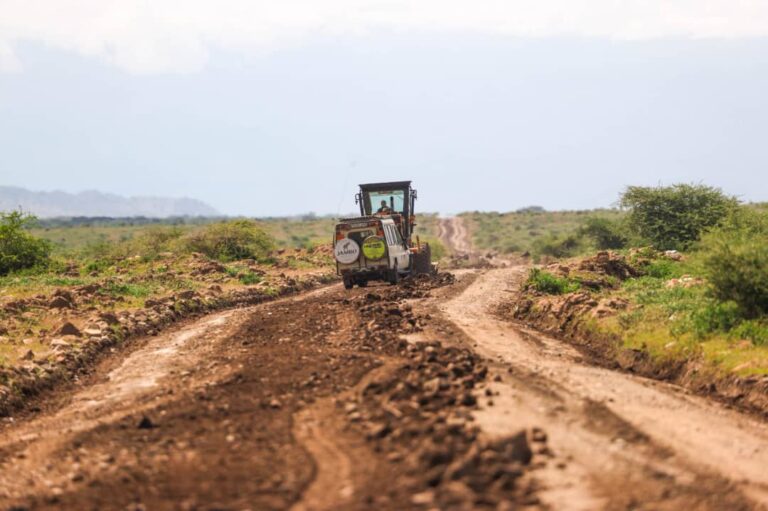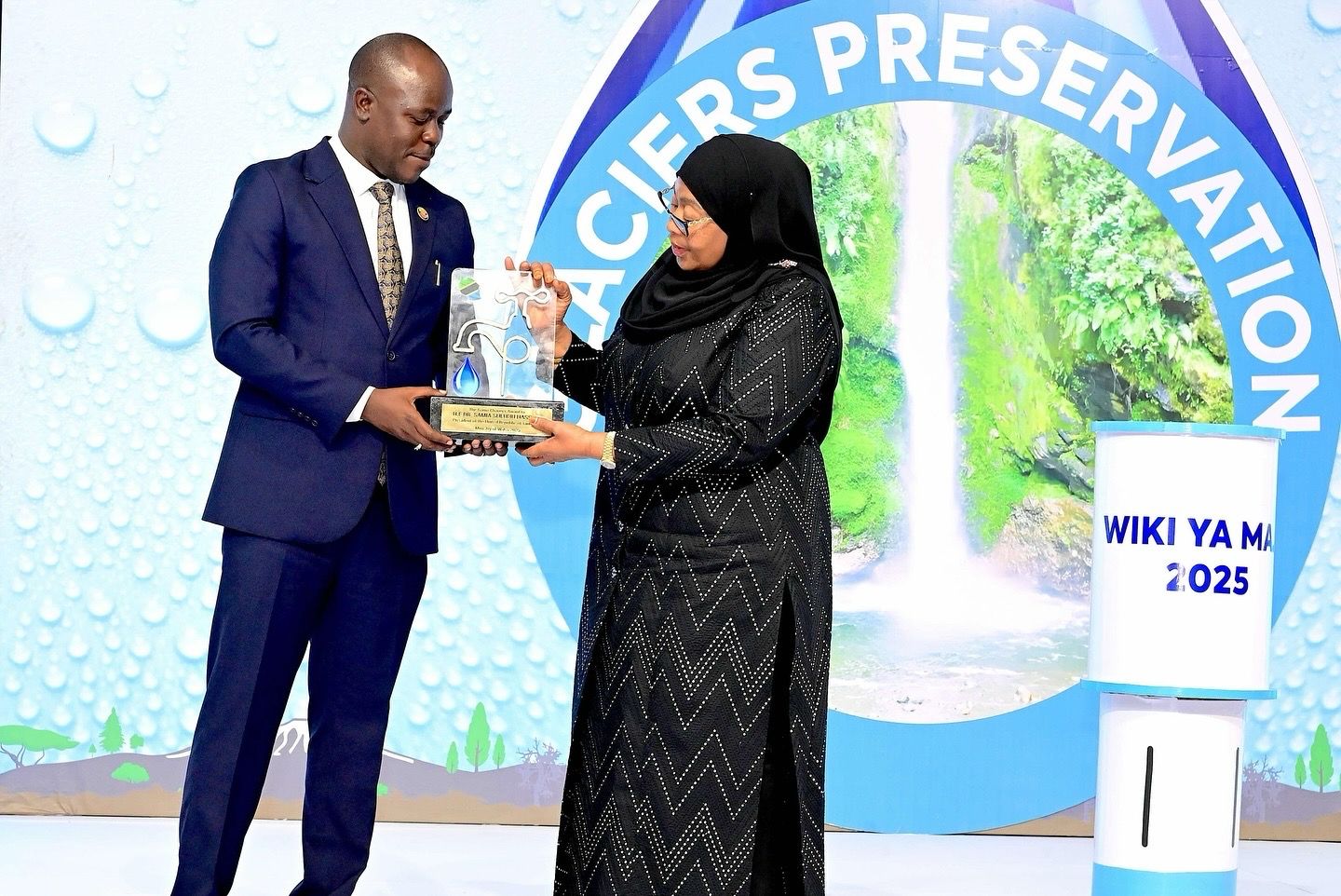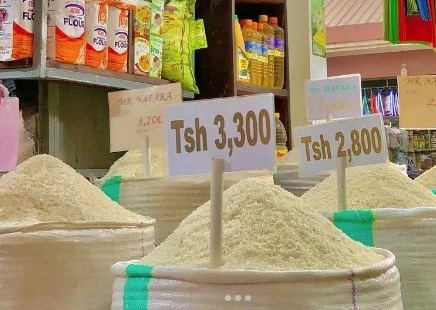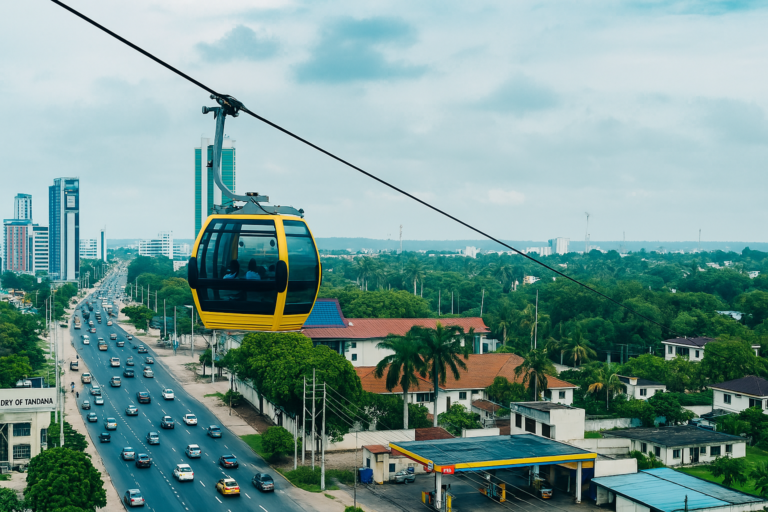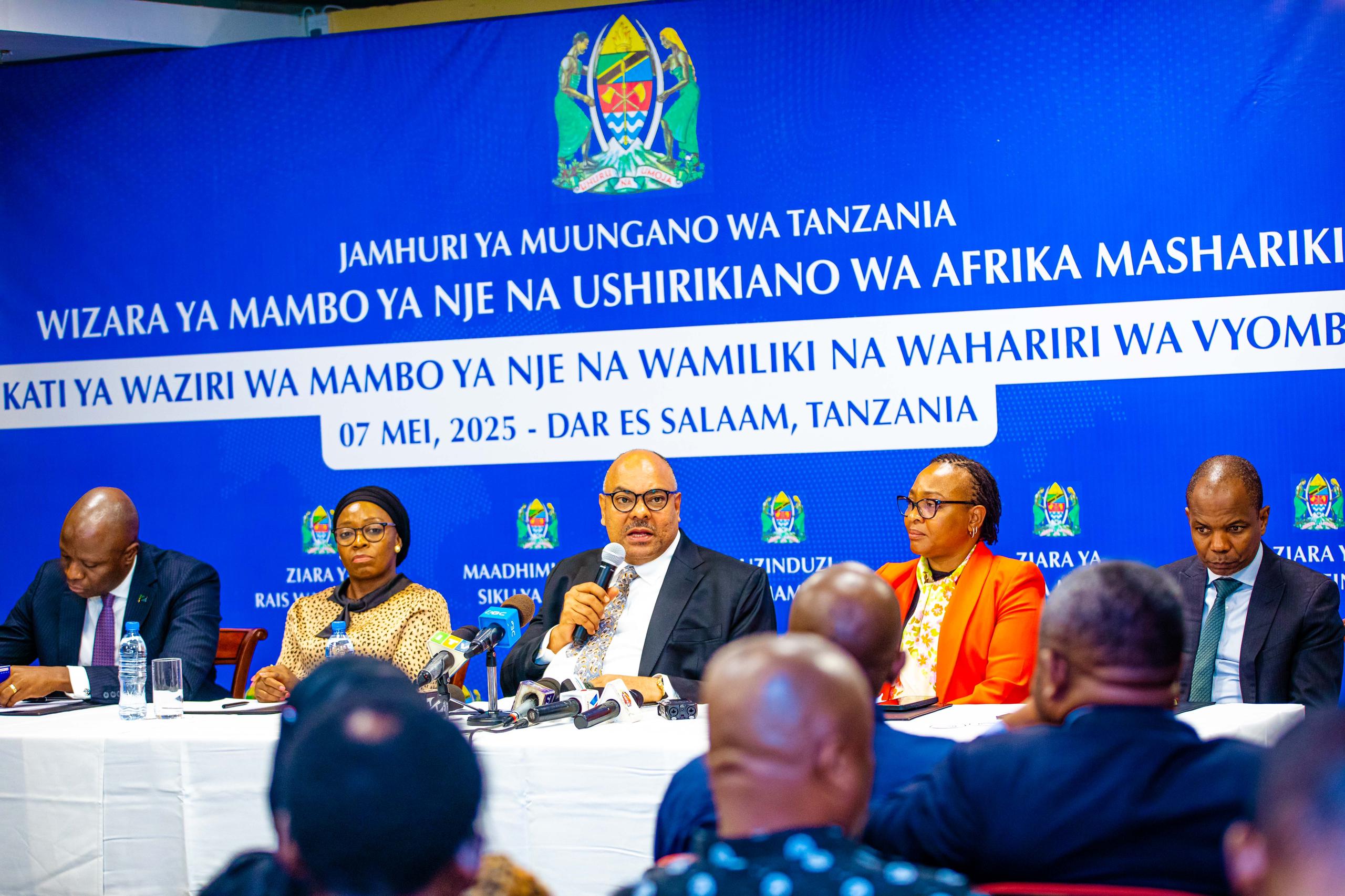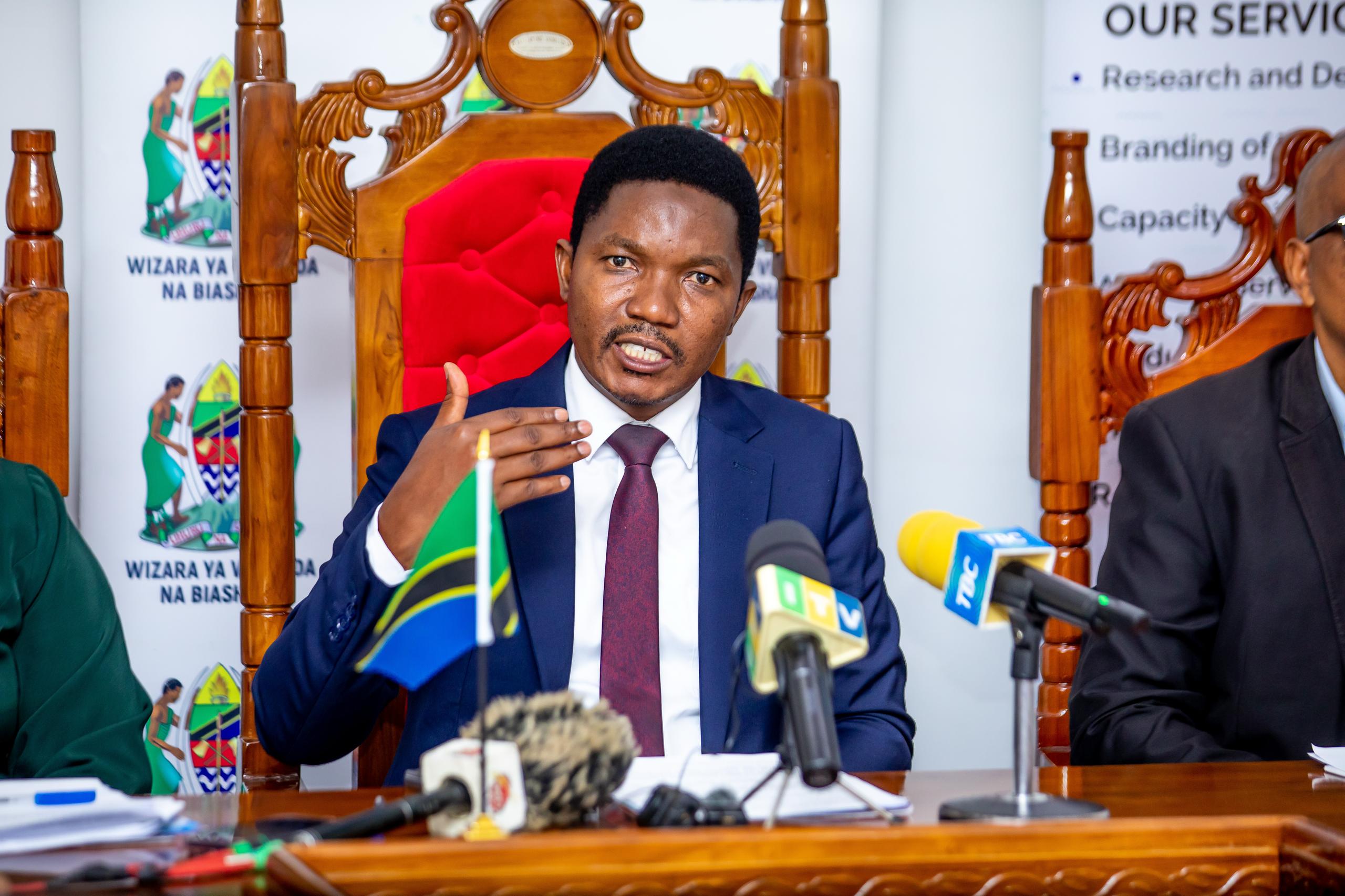Ngorongoro. The Ngorongoro Conservation Area Authority (NCAA) has upgraded key roads within the Ngorongoro Conservation Area, as part of its broader efforts to prepare for the anticipated influx of tourists during the peak season from June to October.
The infrastructure improvements—particularly on roads leading to and from the crater—are aimed at enhancing accessibility, ensuring safer transit, and improving the overall visitor experience in one of Tanzania’s most iconic tourism destinations.
Tour operators have commended the initiative, describing it as a timely and transformative response to longstanding logistical challenges, especially those experienced during the rainy season.
“We applaud the NCAA for the remarkable improvements made to the road network. It is now much easier and safer to transport guests to Ngorongoro’s major attractions,” said Mr Mohammed Tenga of Zara Tours, speaking at the Loduare Gate on June 11, 2025.
Echoing the sentiment, Mr Walter Temba of Serengeti Smiles Tours noted that for many years, poor road conditions—particularly during inclement weather—had caused delays and discomfort to visitors. He said the current efforts had significantly reduced travel times and boosted the quality of service delivery in the area.
“For years, we have faced major challenges, particularly during the rainy season, when vehicles would frequently get stuck and visitors arrived at the sites already fatigued. The recent upgrades have transformed that experience; roads are now navigable even during rains. We urge that these improvements be maintained as a long-term strategy,” he said.
The Ngorongoro Conservation Area, which borders Serengeti National Park, remains one of the most visited natural attractions in the country.
Between July 2024 and May 2025, the area recorded 972,896 tourist visits, underscoring the vital role of infrastructure in sustaining and enhancing its appeal.
According to NCAA, the road works form part of ongoing preparations to handle higher traffic volumes expected during the dry season, which not only offers more favourable weather conditions for travel but also coincides with prime wildlife viewing.
Access to the crater floor remains regulated, with only 4×4 vehicles weighing up to 3,500 kilogrammes permitted—except for authorised trucks carrying organised groups.
The crater access roads include Seneto (for descent only), Lerai (for ascent only), and Lemala (also known as Sopa), which allows both ascent and descent.
The road from Arusha to the Loduare Gate is paved, but the internal network within the Ngorongoro Conservation Area consists largely of gravel roads that require robust vehicles.
During the wet months, such roads often become muddy and difficult to navigate, necessitating the current upgrades.
Tour operators have also advised prospective visitors to check road conditions prior to travel, particularly during the rainy season, and to ensure the use of properly equipped vehicles.
Off-road driving remains prohibited unless expressly authorised by the NCAA Conservation Commissioner.
Some routes were temporarily closed in April 2024 following damage caused by heavy rains—among them those leading to Lerai Forest and Ngoitoktok Picnic Site.
The current upgrades are expected to mitigate such disruptions in the future.
NCAA has pledged to continue investing in tourism-supportive infrastructure as part of its long-term strategy to ensure safety, accessibility, and sustainable conservation-based tourism.
The works have been welcomed not only by tour guides and travel companies but also by local communities that depend on tourism for economic benefit.

